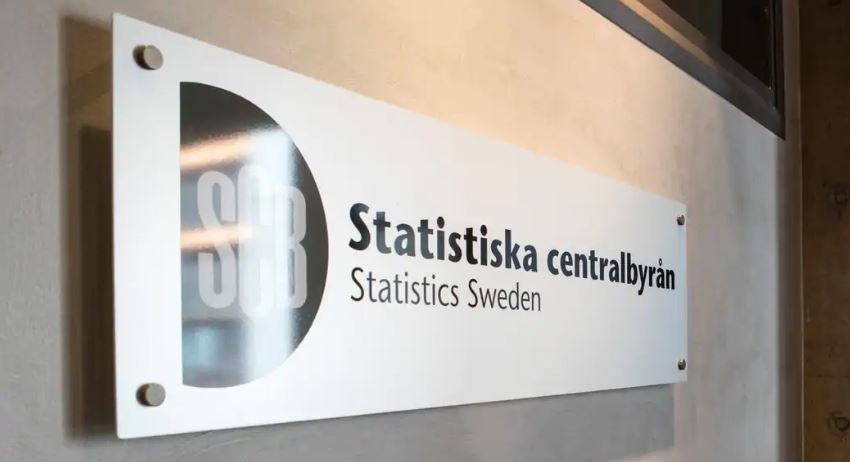
pic: Christine Olsson, DN
The good news is that unemployment in Sweden was 6%, not the 7.1% that was the official number made public in September (see this post). The bad news, is that the number was revised not because unemployment went down, but because the first number was completely wrong.
Statistics Sweden (SCB) is the official government agency tasked with supplying government agencies with statistics on which to base their decisions and policies going forward. But when SCB does their surveys, it costs somewhere between 345 to 620 kronor per interview. Looking to outsource and cut costs, SCB took in some offers. One company came back with an offer of 217 kronor per interview, while another said they would take 210 kronor per interview. But Evry, the consulting company who won the job, offered to do the interviews for 140 kronor per interview (SvD.se/Evry).
Evry “didn’t live up to what they promised they would” said Joakim Stymne, general director at SCB (SvD.se/Evry). The contract with Evry has now been terminated.
Robert Bergqvist, cheif economist at Svenska Enskilda Banken (SEB) remarked that the main worry isn’t so much the outcome but the mistake as such. “Statistics are incredibly important for economical and political decisions, and unemployment data plays an important role for both the government and the Swedish Central Bank.”
Handelsbanken’s senior economist, Johan Löf, echoed his colleague’s sentiments. “For example, the Swedish krona dipped in response to the numbers, even if the effect was over after a couple days. The numbers were still so surprising that it had an effect on the financial market. For many Swedes, the upcoming salary negotiations are central. In this beginning phase, when the sides are formulating their cases, we’ve had a situation with almost catastrophic numbers. This has been seen in their arguments”(SvD.se/Evry).
Minister for Finance Magdalena Andersson was equally unhappy. “It’s obviously extremely serious when a government authority publishes incorrect statistics” she stated. “When the unemployment numbers first came out, SCB was contacted because the numbers looked strange. We had meetings and telephone calls with SCB.” When asked what the result was from those calls Andersson replied that she couldn’t answer that question for the moment (SvD.se/Andersson). But, she said, “I could never have dreamed that it could be wrong in this way” (DN.se/Andersson).

Questions have been raised regarding the reliability of SCB going forward, as well as questions regarding what their budget has been and how the money has been spent. In related news, however, Aftonbladet reported late this afternoon that the Swedish Transport Administration (Trafikverket), no stranger to similar scandals and problems, is requesting that the government change the law of public procurement (lagen om offentlig upphandling) so that authorities, such as themselves and SCB, are no longer required to accept only the lowest offer. Trafikverket just made public the news that their project Ring Road Stockholm (förbifart Stockholm) is now going to be years late and billions of kronor more expensive than the original plan, because of mismanagement by the entrepreneur they hired to do the work – who has also now been fired (Aftonbladet.se/förbifart).
For those who are interested, the unemployment rate for October – according to SCB, and “smoothed and seasonally adjusted” – is 6.8%. Really.
